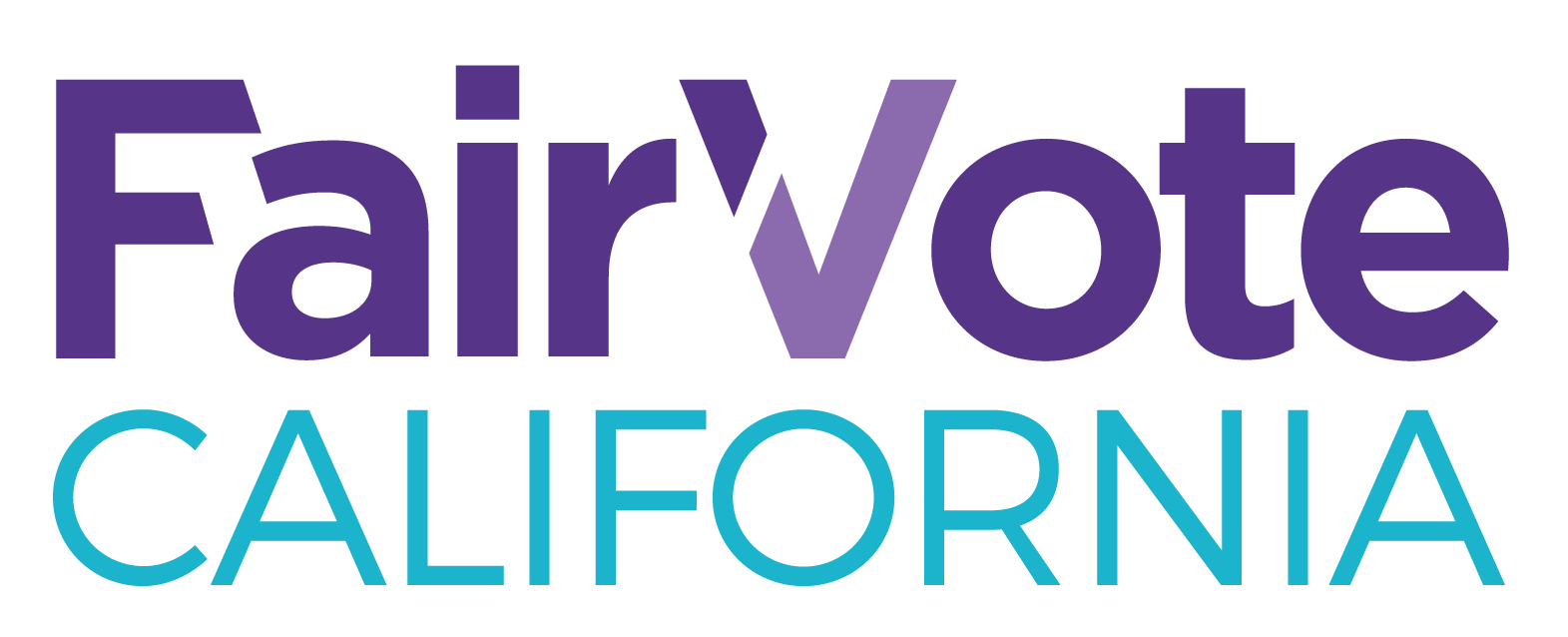Background
Voters passed Ranked Choice Voting (RCV) as an amendment to the City Charter in March of 2002. In 2004, San Francisco held its first RCV election. San Francisco voters use RCV to elect the Mayor, Sheriff, District Attorney, City Attorney, Treasurer, Assessor-Recorder, Public Defender, and Members of the Board of Supervisors.
Improving Voter Understanding and Election Systems
We dedicate our efforts to this work because we know that with RCV, voters are better represented. With RCV, San Francisco voters only have to visit the polls once when turnout is highest in a November general election. Prior to RCV, many voters did not participate in the second round of voting, which was held in December as a runoff election – the median turnout decline for local runoffs between 2000 and 2003 was 39.5%, meaning just three in five voters turned out in the decisive runoff election. With RCV, 86.8% of voters ballots count in the final, decisive election.
RCV eliminated the need for a costly December runoff election. Based on the Department of Elections, these costs included approximately $340,000 for every district election for a member of the Board of Supervisors and approximately $3.7 million if adding a citywide runoff election for Mayor.
We are advocating for ongoing voter education and support the San Francisco Open Source Voting System Project.
Resources
FairVote California has materials available on how RCV works in various languages:
Additional links
San Francisco Department of Elections - Ranked Choice Voting
2018
Mapping the 2018 San Francisco Mayor's Race
2016
FairVote: Ranked Choice Voting in the 2016 Bay Area Elections
Fairvote: Evaluating the 2016 Ranked Choice Voting Elections in the Bay Area
FairVote: Every RCV Election in the Bay Area So Far Has Produced Condorcet Winners
FairVote: RCV Elections and Runoffs: Exhausted Votes vs Exhausted Voters in the Bay Area
2015
Ranked Choice Voting and Racial Group Turnout: Methodological Flaws Skew Recent Study on RCV
FairVote: Seven Ways Ranked Choice Voting is Empowering Voters in 2015
2014
FairVote: Key Facts about the Use of Ranked Choice Voting in 2014 in California’s Bay Area
2014 Eagleton Poll California RCV Survey Results
Huffington Post: Key Facts About 2014 Ranked Choice Voting Elections in Bay Area
RCV and Campaign Civility Report
2013
In defense of ranked choice voting
2012
FairVote: First Take on RCV Elections in Four Bay Area Cities
PublicCEO: Analysis Of 2012 Ranked Choice Voting Elections In The Bay Area: Three Points
2011
Better Elections in San Francisco: San Francisco Numbers Tell a Powerful Story about RCV
FairVote: RCV Election Results: Portland and San Francisco
Like 1-2-3: Ranked-choice voting here to stay
2010
Understanding the RCV Election Results in District 10
2006
Beyond Chron: Ranked Choice Voting in SF: $3 Million Saved, Turnout Nearly Tripled
2005
Ranked Choice Voting and Voter Turnout in San Francisco’s 2005 Election
Public Research Institute: An Assessment of Ranked-Choice Voting in the San Francisco 2005 Election
2004
Public Research Institute: An Assessment of Ranked-Choice Voting in the San Francisco 2004 Election

